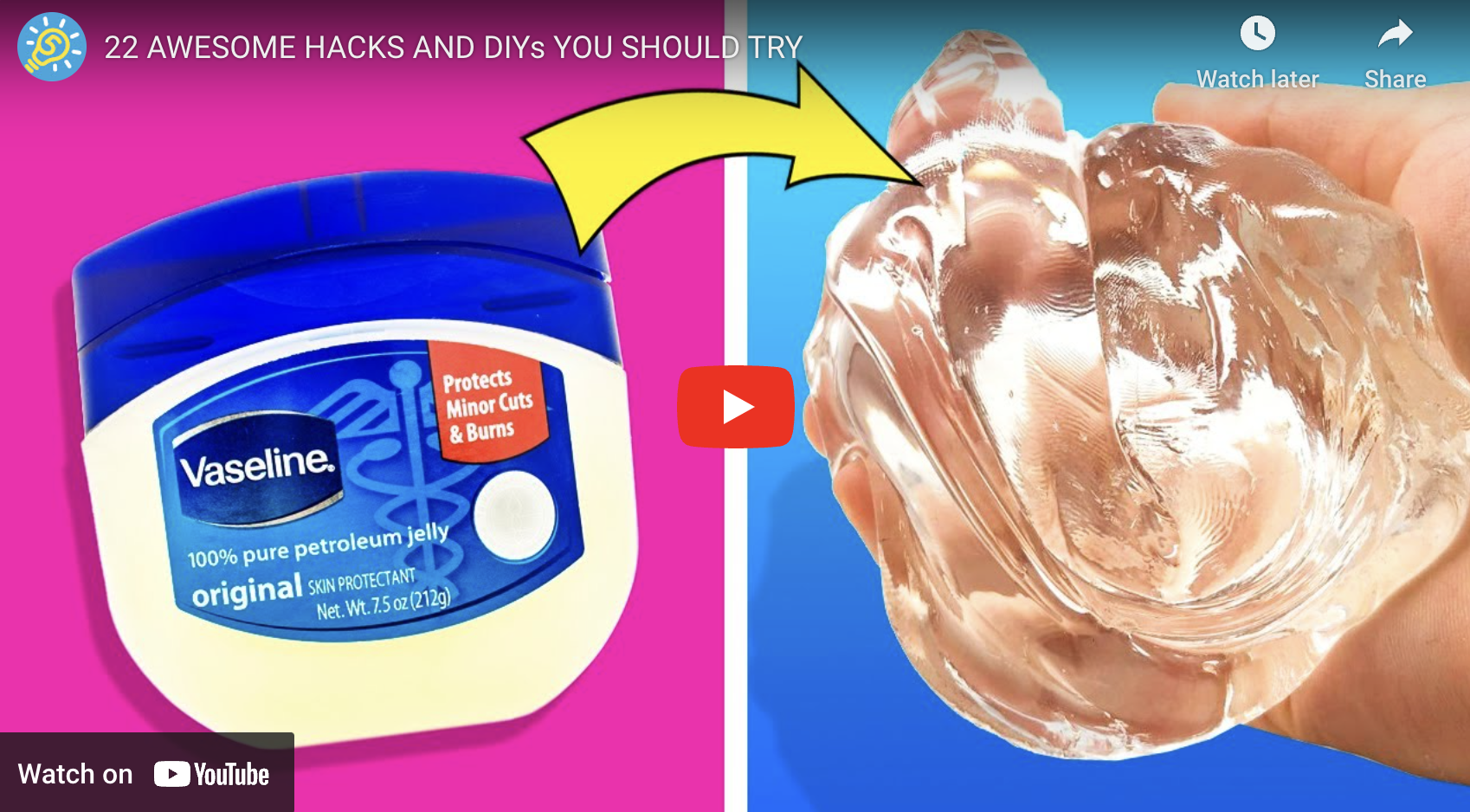When it comes to tackling do-it-yourself painting projects, one of the most common questions that arises is: how much area does a quart of paint cover? Understanding the coverage of a quart of paint is essential for planning and budgeting your painting project effectively. In this article, we will delve into this topic and explore various aspects related to it.
To start off, let’s address the basic question: how much area does a quart of paint cover? On average, a quart of paint can cover approximately 100 to 150 square feet of surface area. However, this can vary depending on factors such as the type of paint, the surface being painted, and the method of application. For example, a high-quality paint with better coverage may be able to cover more area than a lower-quality paint.
Now, let’s take a look at some interesting trends related to the coverage of a quart of paint:
1. Increasing demand for paint products with higher coverage: With the rising cost of paint and the desire for more efficient painting projects, there is a growing demand for paint products that can cover a larger area with less product.
2. Emphasis on eco-friendly paint options: Many consumers are now opting for eco-friendly paint options that not only provide good coverage but also have minimal impact on the environment.
3. Technological advancements in paint manufacturing: Paint manufacturers are constantly innovating to create products that offer better coverage, durability, and ease of application.
4. DIY painting trends: The popularity of do-it-yourself painting projects has been on the rise, with more homeowners taking on painting tasks themselves. Understanding the coverage of a quart of paint is crucial for DIY enthusiasts.
5. Custom paint colors: As more homeowners opt for custom paint colors to personalize their spaces, it is important to know how much paint is needed to achieve the desired coverage.
6. Online resources for paint coverage calculations: There are now numerous online tools and calculators available to help homeowners estimate the amount of paint needed based on the coverage of a quart of paint.
7. Sustainable painting practices: With a growing focus on sustainability, there is a trend towards minimizing paint waste and using products that offer maximum coverage to reduce environmental impact.
To provide further insights into this topic, let’s hear from some professionals in the field:
“A quart of paint can go a long way if used efficiently. By properly preparing the surface and using the right tools, you can maximize the coverage and achieve a professional finish.” – Professional Painter
“Choosing the right type of paint is key to achieving optimal coverage. Consider factors such as the surface texture, color intensity, and desired finish to determine the best paint for your project.” – Interior Designer
“Keep in mind that multiple coats may be required to achieve full coverage, especially when using lighter colors or painting over a dark surface. Plan accordingly to avoid running out of paint mid-project.” – Home Improvement Contractor
“Estimating the amount of paint needed can be tricky, but it’s better to have a little extra than run out halfway through. Consider factors such as the size of the area to be painted, the type of paint, and any additional coats that may be needed.” – DIY Enthusiast
Now, let’s address some common concerns related to the coverage of a quart of paint:
1. Will the color of the paint affect the coverage? Yes, darker colors may require more coats to achieve full coverage compared to lighter colors.
2. How should I prepare the surface for painting? Properly cleaning and priming the surface can help ensure better coverage and adhesion of the paint.
3. Can I mix different paint colors to create a custom shade? Yes, mixing paint colors can be a fun way to create a custom shade, but be sure to mix enough paint to maintain consistent coverage.
4. What is the best method of application for optimal coverage? Using a high-quality brush or roller and applying the paint in thin, even coats can help maximize coverage.
5. How can I avoid paint waste? Properly sealing and storing leftover paint can help prevent waste and ensure that it remains usable for future touch-ups.
6. Should I invest in a higher-quality paint for better coverage? While higher-quality paints may come at a higher price, they often offer better coverage and durability, ultimately saving you time and money in the long run.
7. How can I estimate the amount of paint needed for my project? Calculating the square footage of the area to be painted and referring to the coverage information provided by the paint manufacturer can help you determine the amount of paint needed.
8. Can I use a quart of paint for multiple projects? Depending on the size of the projects and the coverage needed, a quart of paint may be sufficient for multiple smaller projects.
9. Should I consider factors such as humidity and temperature when painting for optimal coverage? Yes, environmental factors can affect the drying time and coverage of the paint, so it is important to consider these when planning your project.
10. How can I ensure consistent coverage when painting large areas? Working in sections and maintaining a wet edge can help avoid lap marks and ensure even coverage across the entire surface.
11. Can I use leftover paint for touch-ups in the future? Yes, properly storing leftover paint and labeling the color and location where it was used can help facilitate future touch-ups.
12. Are there any tips for achieving a professional finish with optimal coverage? Taking your time, using the right tools, and following proper painting techniques can help achieve a professional-looking finish with maximum coverage.
13. What should I do if I run out of paint mid-project? It is best to have extra paint on hand to avoid running out, but if you do run out, try to mix a small amount of the same color to touch up any areas that need additional coverage.
14. How can I prevent paint drips and splatters for better coverage? Using a drop cloth, painter’s tape, and maintaining a steady hand can help prevent drips and splatters, ensuring even coverage across the surface.
In summary, understanding the coverage of a quart of paint is essential for planning and executing successful painting projects. By considering factors such as paint type, surface preparation, and application methods, you can achieve optimal coverage and a professional finish. Whether you are a seasoned DIY enthusiast or a first-time painter, these tips and insights can help you tackle your painting projects with confidence and efficiency. Happy painting!
![[Mom Prepared]](https://momwithaprep.com/wp-content/uploads/2024/12/cropped-momlogo-244x56.png)

